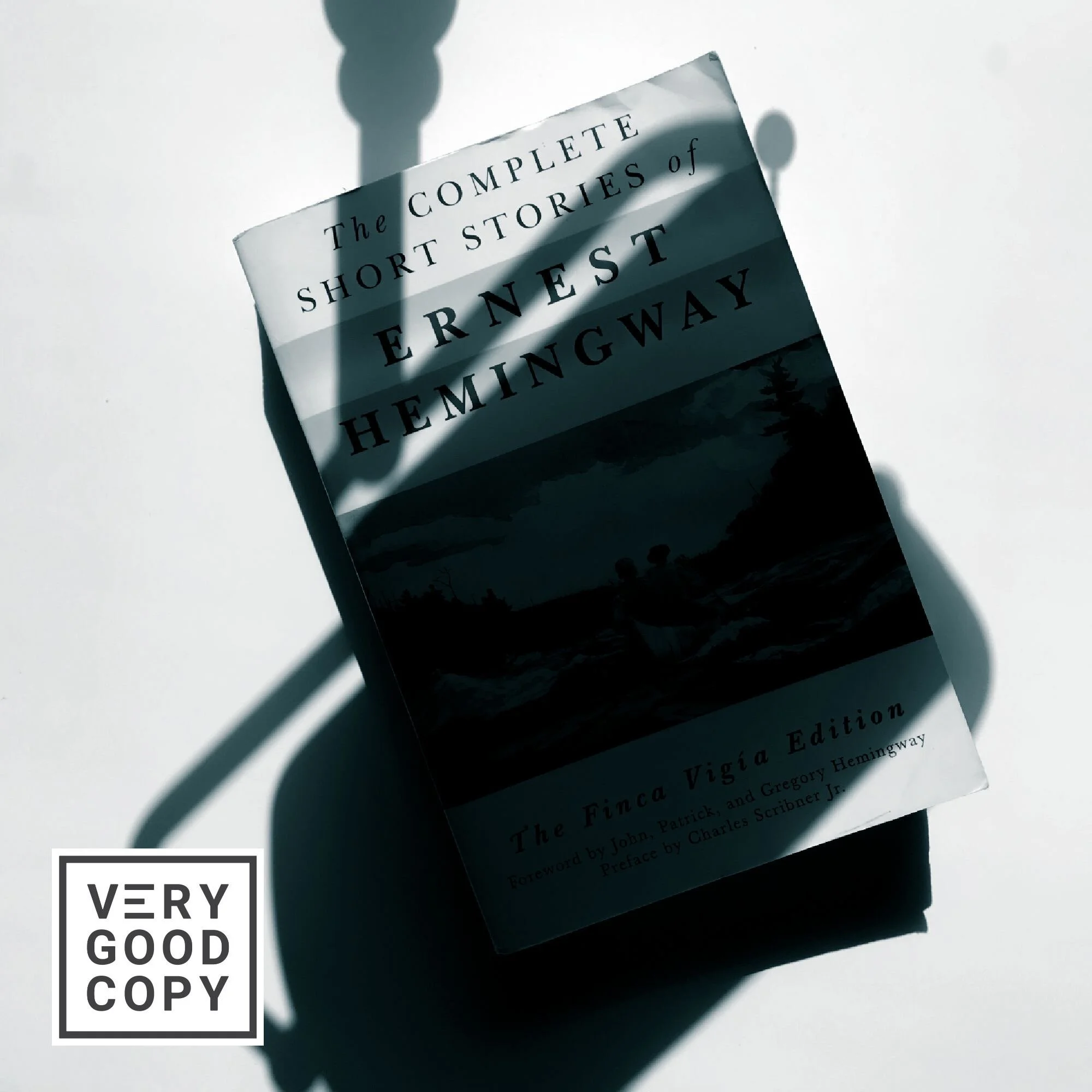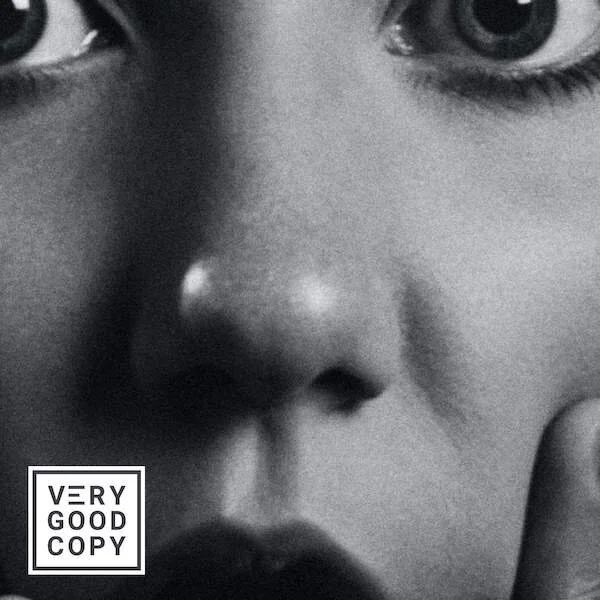![VeryGoodCopy [Small].png](https://images.squarespace-cdn.com/content/v1/5615edeae4b0b9df5c3d6e90/1575937929510-0I1EDBDXFPAP7EGTQRML/VeryGoodCopy+%5BSmall%5D.png)
“Hey, Eddie.”
“Hey,” I said. “How are you?”
“Good-good,” he said. “Thanks again for taking my call.”

“Noooo problem,” I leaned back in my chair.
“I read your article,” he said, “the one about dialogue.”
“Yep.”
“And I’ve been practicing ever since...”
“Sure,” I said. “I see that!”
I had his email open. It had samples of his work, articles topped-and-tailed with dialogue. He was a junior copywriter. Wrote me a charming email. I was happy to help.
“So,” said Junior, “I guess my question is...”
“Why does your dialogue read so much better than mine?”
We chuckled together. Xa-xa.
“Give me a second,” I said. “Lemme just go through it one more time.”
The line went quiet. Sydney was gnawing her antler by my feet.
“Actually can I put you on mute?” I said. “I’m gonna read it out loud.”
“Sure.”
“Alright one sec.”
I put Junior on mute and read the dialogue aloud once, twice.
“OK,” I unmuted the call.
“This is good dialogue!” I said. “It sounds like how people talk.”
“Thank you.”
![VeryGoodCopy [Small].png](https://images.squarespace-cdn.com/content/v1/5615edeae4b0b9df5c3d6e90/1575938159277-WP3INU99BED5P2YH7CRJ/VeryGoodCopy+%5BSmall%5D.png)
JOIN THOUSANDS OF SUBSCRIBERS
“But here’s the problem…”
“Your dialogue tags are too loud,” I said. “And too frequent for the number of people in the scene.”
Dialogue tags (e.g., “I said”; “he said”; “she said”) tell the reader who’s speaking. (They can also be used to break longer dialogue sections into digestible chunks, giving your writing a more natural rhythm and cadence.)
Junior’s tags used something called said-bookisms:
I exclaimed
he lamented
she pronounced
He also used something called adverbial tags:
I said quietly
he said hesitantly
she said excitedly
“Too loud?”
“Yes, they’re too glaring and obvious,” I said. “They’re drawing attention away from the scene. The dialogue itself should tell the whole story. Your tags should be invisible.”
“How do I make them invisible?” asked Junior.
“Well, first of all, you don’t always need to use one.”
“Ah.”
“And when you do use one,” I said, “only use two verbs: said or asked. No adverbs.”
“That’s it?”
“That’s it.”
“It’s that simple?”
“It’s that simple.”
It was quiet on the line again. Sydney had fallen asleep. Her head was resting on my toes.
“Where did you learn that?” he asked.
“Hemingway,” I said.
![VeryGoodCopy [Small].png](https://images.squarespace-cdn.com/content/v1/5615edeae4b0b9df5c3d6e90/1575938275963-PHOM5L79AV1ELL20YS7P/VeryGoodCopy+%5BSmall%5D.png)
LEARN TO PERSUADE
👉 Join thousands of email subscribers
👉 Less than 0.4% of readers unsubscribe
👉 Never miss a Micro-Article or -Interview
👉 Get instant email access to VGC's founder
👉 Be first in line to get new, free Micro-Courses
Browse every Micro-Article, free:Browse every Micro-Interview, free:![VeryGoodCopy [Small].png](https://images.squarespace-cdn.com/content/v1/5615edeae4b0b9df5c3d6e90/1598545657140-VMNMDM03WODG3JTTJ72Z/VeryGoodCopy+%5BSmall%5D.png)

![How to write better dialogue [easy, instant, Hemingway-inspired hack]](https://images.squarespace-cdn.com/content/v1/5615edeae4b0b9df5c3d6e90/1600810690603-XZIT3F465CS25186CILF/Better+dialogue+COMP.JPG)





























177 words